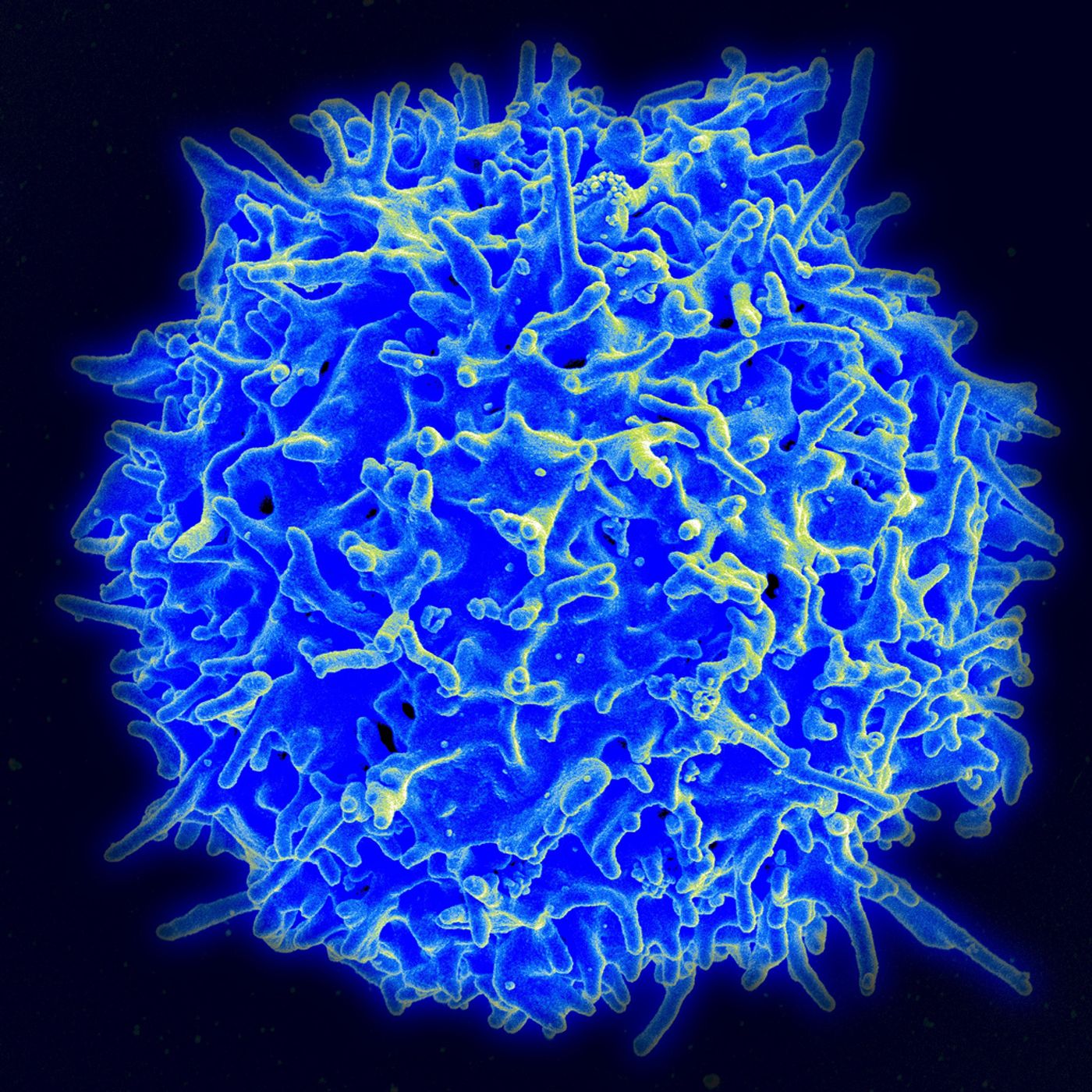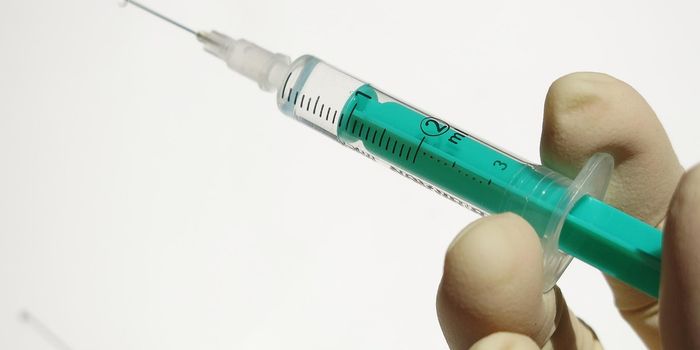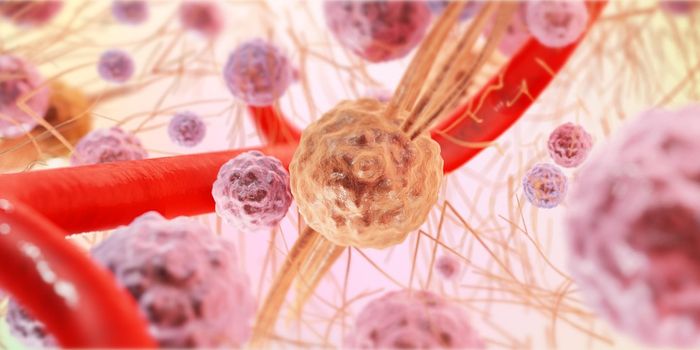T cells and the Need for Speed
T cells utilize a T cell receptor (TCR), that is found on the T cells surface. The TCR is highly sensitive and utilized to detect pathogens, but the exact arrangement of TCR on the surface of T cells has not been completely elucidated. Researchers at TU Wien, in Austria, recently published a study to shine more light on the arrangement of TCR on the T cell surface.
The T cells are a subset of lymphocytes, generated in the Thymus, that play a large role in the immune response. These cells become programmed, or activated, to respond to a specific antigen. The TCR is a complex of integral membrane proteins that help activate T cells, when it interacts with an antigen presenting cell. Antigen presenting cells will digest pathogens and display fragments of these cells on the major histocompatibility complex (MHC) on the surface. The binding between the TCR and MHC triggers, along with other co-stimulatory molecules, T cell activation and sets the antigen specificity of a T cell based on the fragment presented. You can think of the T cell as a bloodhound, and the antigen as the "scent", once the blood hound catches the scent it will leap in to action. The T cell carries thousands of copies of the TCR on its surface, hunting for that antigen match to indicate a foreign invasion. This specific nature of T cells means we have many different T cells in our bodies to combat many different threats. Each T cell and the TCRs like a “key” looking for the right “lock”, aka the antigen.
"Imagine that the T cell has countless versions of the same key on its surface, and now has to quickly find out whether it fits any of the hundreds of thousands of locks on the antigen-presenting cell," explains Gerhard Schütz, head of the research group. But how does a Tcell react so sensitively to a small amount of a very specific antigen? Previous studies have led to the idea that TCR are concentrated at certain points on the T cells surfaces, so the highest possible sensitivity is achieved. These clusters of TCR are believed to allow for more precise docking with a specific antigen and appeared to be confirmed by high-performance microscopy.
However, this may not be the case. "We examined the T cells very closely and focused all our efforts on improving the microscopic methods," says Gerhard Schütz. "What was previously thought to be clusters of several receptors is probably no more than an artefact; it's actually quite easy to image the same receptor molecule multiple times". The work from TU Wein suggests that receptors may be distributed randomly over a T cell surface, not clustered. In this theory, no matter how the T cell and antigen presenting cell come in to contact, there will always be a TCR at the point of contact. If the T cell always has a “key” at any location on its surface to fit the “lock” the immune reaction can occur quickly, and the cells do not need time to find the right position for the TCR to interact. This research pushes modern microscopic methods, while helping to elucidate the contributing first steps to pathogen identification by the immune response, and has potential later applications in immunotherapy down the road.
To read this study click here, to learn more about T cell receptors and antigen recognition watch the video below!









